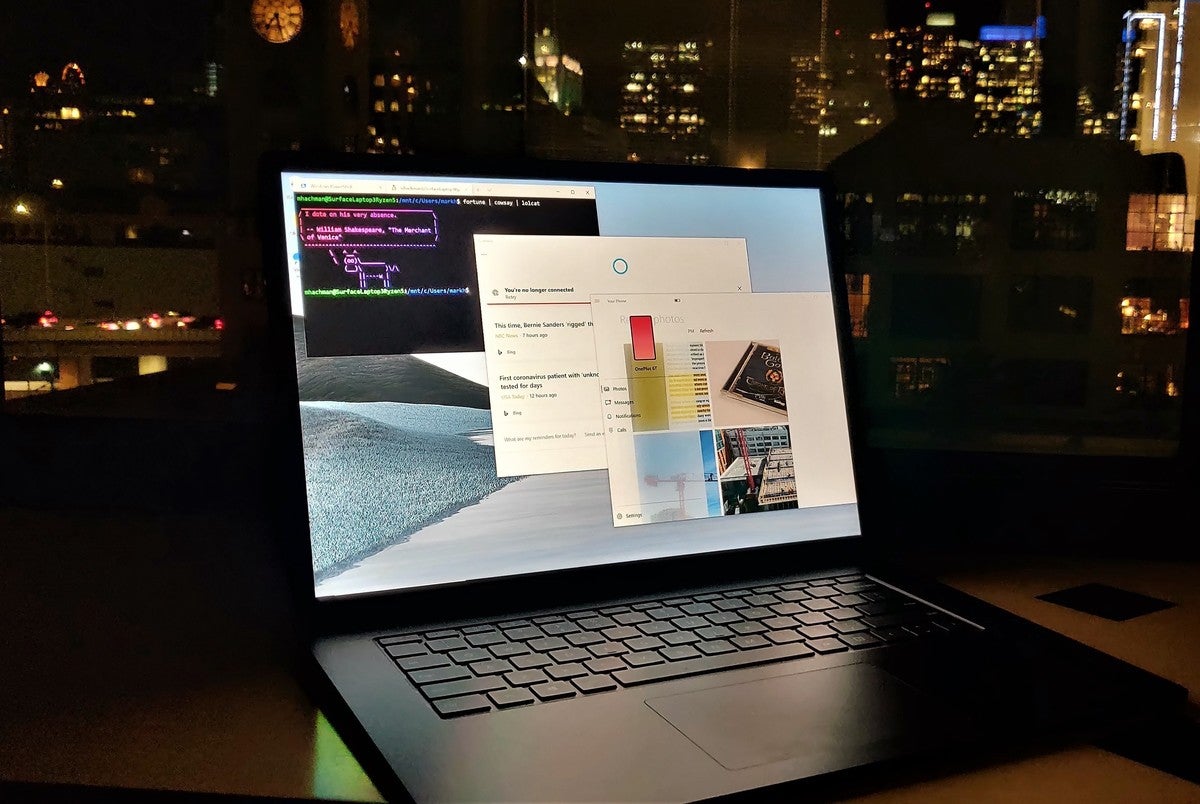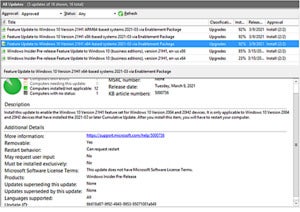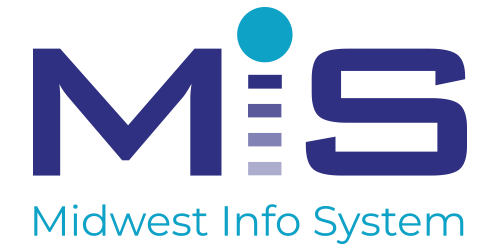The has not yet announced a launch date for this year’s Windows 10 update, the first feature upgrade of 2021.

Microsoft is now telling commercial customers that Windows 10 21H1 is ready for “commercial pre-release validation,” a phrase it first used in August 2020 prior to the launch of that year’s minor fall upgrade.
“Windows 10, version 21H1, is now available for commercial customers to begin feature exploration and validation prior to being released for general availability,” Aria Carley, senior program manager, wrote in a March 18 post to a company blog.
Microsoft has not yet divulged a launch date for Windows 10 21H1, the year’s first feature upgrade, as noted by the H1 — for first-half — designation. However, a month ago, the Redmond, Wash. developer implied that, unlike in years past, the spring refresh would be a minor upgrade, one with few if any new features and little new functionality.[ Related: Microsoft makes ‘major-minor’ Windows 10 release cadence the new normal ]
Carley’s post confirmed that.
“Version 21H1 will be delivered to devices currently running Windows 10, version 2004 or version 20H2 using an enablement package,” she said. “This is the same technology we used to update devices from Windows 10, version 2004 to version 20H2.”
The enablement package Carley mentioned was the tip-off, as that small code fragment is what transformed Windows 10 2004 into 20H2 last year. That was possible because 20H2 was virtually the same as 2004 as released and exactly the same as 2004 by the time 20H2 was to debut.
(Confused? Microsoft built Windows 10 21H1 by taking October’s 20H2, collected everything that changed from that point on — those changes had been issued in the monthly updates since October — and added a handful of new features. Voilà: Windows 10 21H1. Microsoft delivers these minor upgrades through the usual Windows Update/WIndows Update for Business/WSUS channels as the monthly cumulative update. The enablement package is essentially a command given to Windows to “switch on” the new version, since the code for it is already onboard.)
Because Windows 10 21H1 is the second minor upgrade in a row, the enablement package mechanism works on all PCs running Windows 10 20H2 or 2004. Those enterprise systems running earlier versions of Windows 10 will have to download the entire OS to reach 21H1. (That, too, will be available, either as a manual download in .iso disk image format or through WSUS.)

This is also the second update running that Microsoft has explicitly told commercial customers to start putting the version through the testing wringer. Last year, Microsoft made the same “commercial pre-release validation” announcement for Windows 10 20H2 exactly two months before it unveiled the so-called upgrade to the public. It appears that Microsoft has decided to add this announcement to the servicing process when it’s preparing to issue a minor upgrade.
If Microsoft hews to the timetable of 2020 — announcement made two months prior to release — it will launch Windows 10 21H2 in the third week of May, perhaps May 20 or May 21.
Ironically, Microsoft’s declaration of open testing of Windows 10 21H1 may fail to move corporate IT personnel; the spring update, no matter whether major or minor, comes with only 18 months of support, a year shy of the 30 months awarded by each fall’s refresh to the Windows 10 Enterprise and Education SKUs (stock-keeping units). Spring updates are, simply put, second class, and organizations are unlikely to bother deploying 21H1 unless forced to by circumstances, such as owning systems set to exhaust support in the next seven or eight months.
With a May launch of Windows 10 21H1 almost certain, the version should receive support until Dec. 13, 2022.
